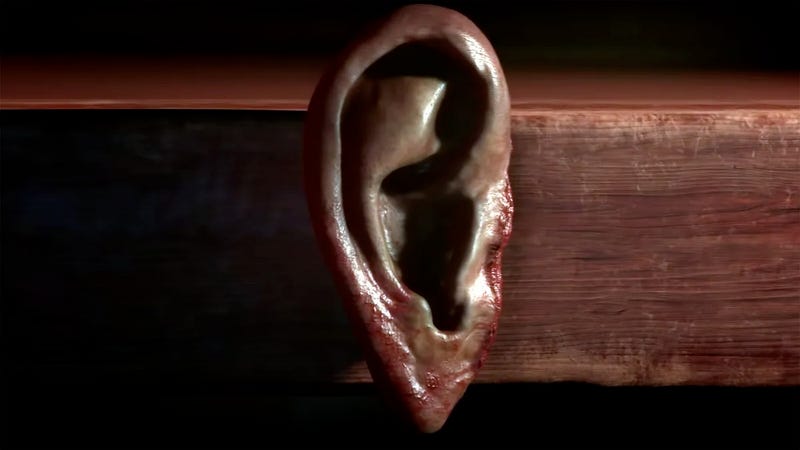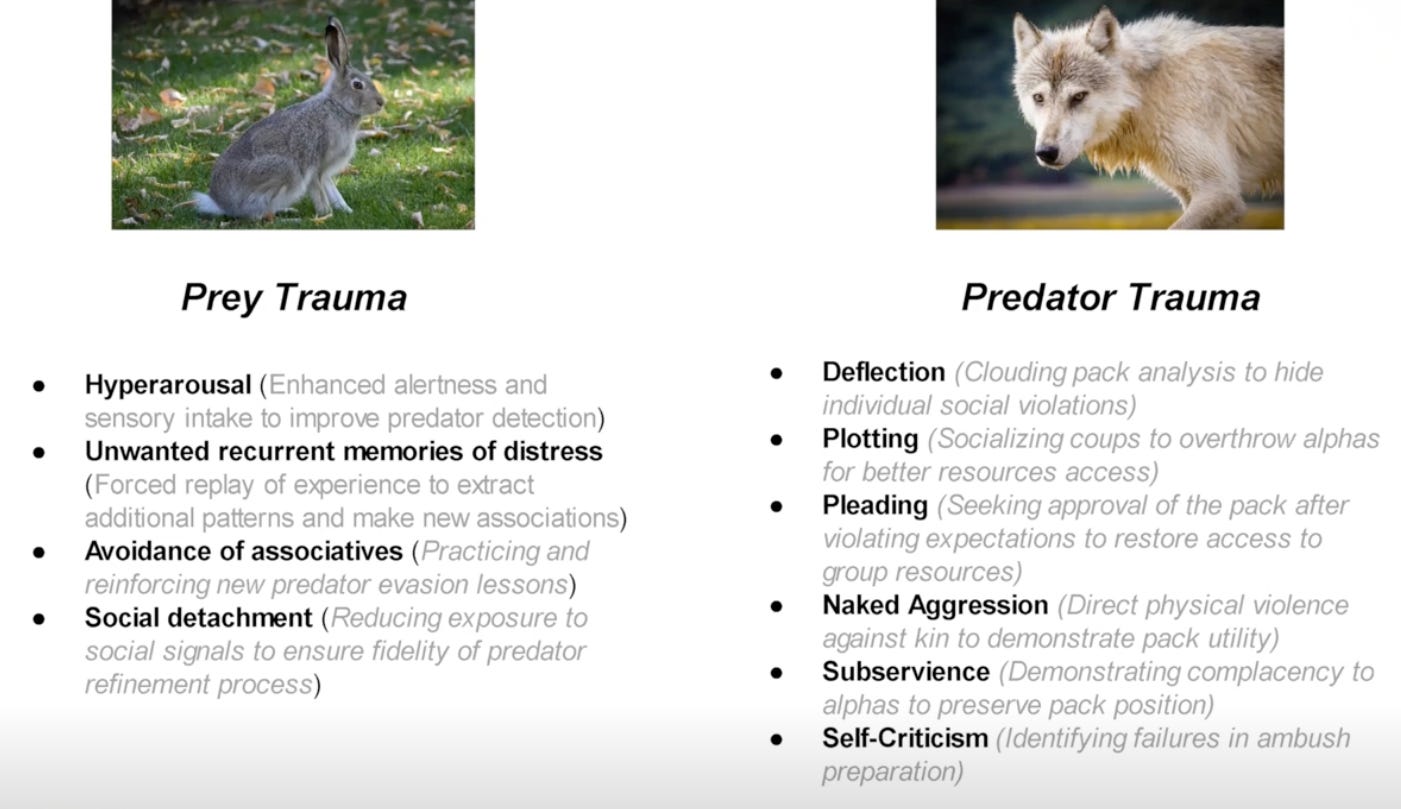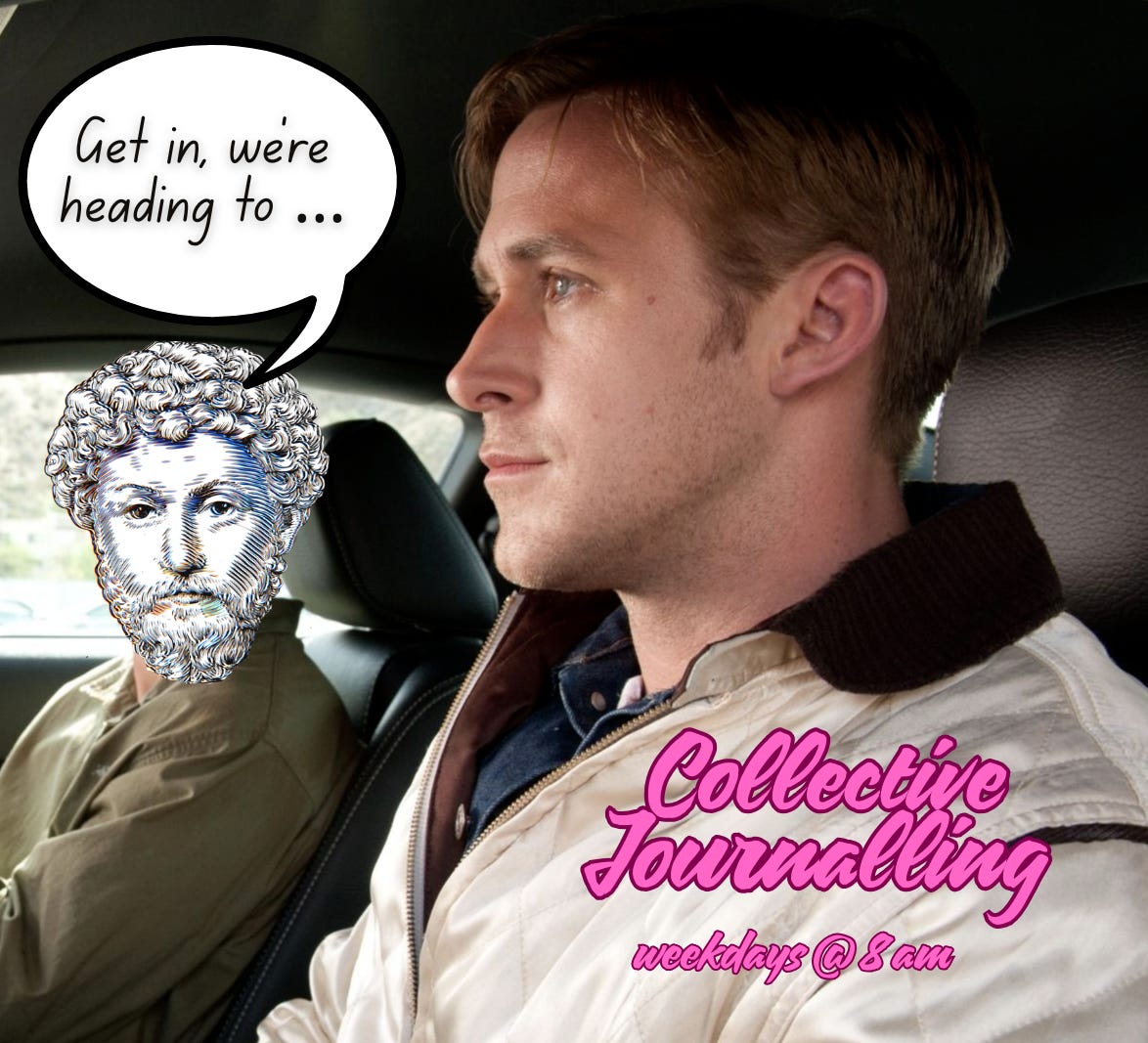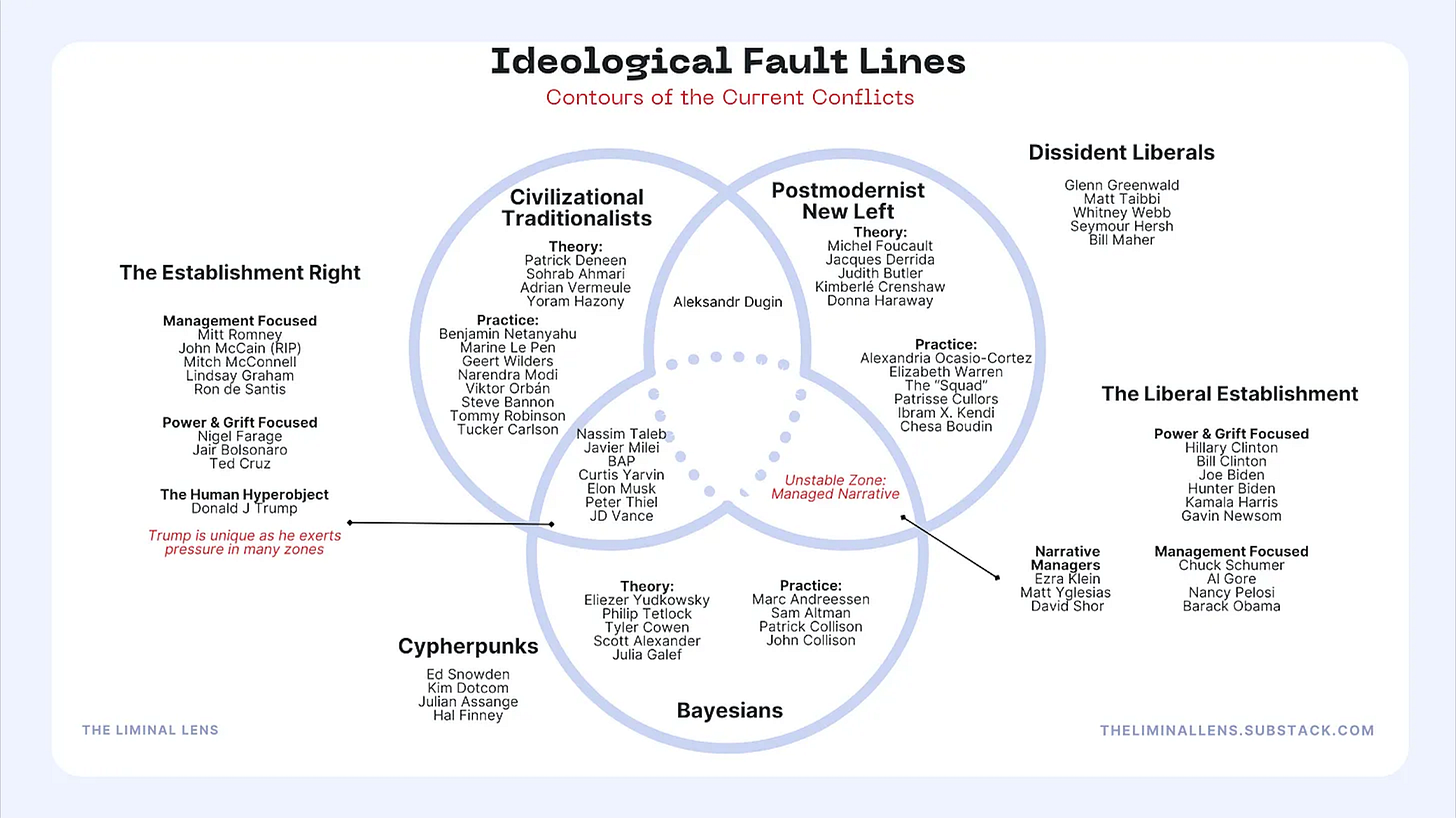This entry is part of a series on “Applied Cratology”: Part 1. Understanding Power Empowers. Part 2. The Status–Power Gap. Part 3. The Sociopath Problem. Part 4. Conspiracy Theory vs. Coincidence Theory.
I loved playing the game Diablo with my brother when we were young.
Released by Blizzard Entertainment in 1996, Diablo was an early online multiplayer game that helped define the hack-and-slash genre of RPGs. The basic plot: players had to save the town of Tristram from evil and descend through sixteen dungeons beneath a ruined cathedral, fighting evil forces to face Diablo.
As one of the first popular online multiplayer games, its most exciting feature was the ability to fight alongside actual people from around the world. The idea: team up and fight the demons together.
However, since the game allowed friendly fire without any deterrents, another kind of demon emerged: the “player killers” (PKs). Instead of helping others defeat demons, PKs ambushed their fellow players, killing them to collect a trophy: their ear.
PKs collected ears. The more ears they had, the better a PK they were. Hence, a game within the game emerged. Players tried to reach the bottom dungeon to defeat Diablo while either protecting their ears from PKs or hunting for ears if they were one.
This created two kinds of players, each playing a different game:
The Player: Those who wanted to win the game cooperatively.
The Player Killer (PK): Those who hunted other players and collected their ears.
Is this dynamic happening in society at large?
Yes, it is.
Sociopath: The Intraspecies Predator
The dreaded “Sociopath.”
This term, like many overpsychologized phrases today, is often unfairly weaponized against anyone a person dislikes or disagrees with, and it suffers from conceptual confusion, as discussed in a previous entry:
Sociopath is an amorphous word with no consensus definition. It is often associated with “antisocial personality disorder” in the Diagnostic and Statistical Manual of Mental Disorders (DSM), characterized by limited empathy, disregard of social norms, and seeing relationships instrumentally. While sociopathy is often used synonymously with psychopathy, psychologist Robert D. Hare considers the former caused by early upbringing and social environment and the latter by genetic factors.
Still, I like using it — less as a psychological diagnosis and more as a catch-all social archetype that includes both environmental and genetic origins, describing a primary approach to relationships that uses others for one’s own success, satisfaction, or sadism.
In her 2024 PhD thesis, Dr. Karen Mitchell refers to this sociopath archetype as having a Dark Personality (“DP”) characterized by the following traits: being controlling and manipulative, lacking empathy or any real moral compass, and being motivated primarily by power and dominance.
A core feature of DP is what Mitchell calls a “persistent predatory personality,” which led
to describe such individuals as “intraspecies predators.”1In essence, the sociopath who has DP sees people as prey: someone to control, usually through psychological manipulation or sticky leverage like blackmail, for their own ends. Once their prey is controlled, they use and abuse them. The prey becomes like trophies, the “ears,” for their collection.
In a provocative presentation at The Stoa called “Trauma Drama,” Patrick Ryan of “Dark Stoa” fame supports this hypothesis by presenting a prey–predator trauma split. Ryan acknowledges that this may be a crude categorization, but it’s meant to illustrate a point: the focus of trauma can promote behavior that makes one act like prey or a predator.
Prey trauma focuses on the individual, often leading to avoidant or hypervigilant behavior. Predator trauma focuses on the group, often expressed through aggression and dominance shifts. These reflect two evolutionary survival strategies: the former focuses on the survival and well-being of the self, while the latter on the survival and coordination of the group. In humans, predator trauma is social because our ancestors depended on cooperative, pack-based hunting strategies.
The challenge: When humans become the apex interspecies predators, yet predator trauma remains, they turn on their own kind—becoming apex intraspecies predators: the Sociopaths, the player killers.
Given being hyperaware of who has power within a group, they have the capacity to manipulate subtle group dynamics, and can game what we called the “status–power gap” in the previous entry: one’s recognized position (status) can become untethered from actual influence (power). If the gap persists, and becomes concealed, invisible hierarchies form, blinding the many from where power is actually held.
When power blindness is present, the group, no matter how well-meaning or capable, will fail to make lasting change, as they will be ignorant of where to capture real power for such change to come about.
Practically speaking, the byproduct of the Sociopath’s machinations is the prevention of cohesion and coherence within a group, so they can never express what is in their collective best interest.
Spiritually speaking, this manifests as the obstruction of what is most relationally beautiful: true communion with others, the relational north star of all communities.
How can such a formidable foe to intraspecies flourishing be stopped, especially if they can hide in plain sight through advanced social mimicry?
A greater sophistication is required for spotting them.
Enter applied cratology.
***
Understanding where power is allocated is necessary for conscious change to occur.
Maintaining power for unseemly durations requires concealing it.
The sociopath archetype has mastery over such concealment. Thanks to their psychological profile, whether by nature or nurture, they are naturals at it as well.
Most are not.
However, as they study us, we can study them. And such study is quite revealing, as you’ll learn about techniques such as:
DARVO (Deny, Attack, Reverse Victim and Offender)
Emotional blackmail or FOG (Fear, Obligation, and Guilt)
Gaslighting !!!
Learning these requires discernment, as each example above can have close behavioral neighbors that are not manipulative in intent.
For example, mere disagreement about an aspect of reality can result in someone distrusting their perception of reality, which is different from gaslighting, the intentional instilling of distrust in someone’s ability to perceive reality accurately in order to control their behavior.
However, if discerning study is indeed undertaken, one’s cratological sensitivities will increase, allowing them to see similar moves being enacted on a wider, societal scale.2
It’s unpleasant business, for sure, and not for everyone.
Nor need it be.
Yet some will be called to learn.
Appendix: An Intraspecies Protector?
In Diablo, the PKs became such a nuisance that another group emerged: the “player killer killers” (PKKs), who hunted the PKs themselves.
This resulted in three kinds of players:
The Player: Those who wanted to win the game cooperatively.
The Player Killer (PK): Those who hunted other players and collected their ears.
The Player Killer Killer (PKK): Those who hunted the PKs to stop them.
If there are intraspecies predators—the player killers—then who are the intraspecies protectors, the player killer killers?
I argue it is the “Stoic.”
I put “Stoic” in quotation marks because this is not the Stoic of Classical Stoicism, founded by Zeno of Citium around 300 BCE at the Stoa Poikile in Athens. It is neither the Stoic of Modern Stoicism, who are essentially secular atheists adopting a minimal Stoicism as an ethical placeholder, nor is it the Stoic slop you’ll readily find online when searching Stoicism, such as AI videos of talking statues of bearded men reciting famous Stoic quotes.
Instead, when using the word, I am referring to the social archetype of the Stoic. But unlike the social archetype of the Sociopath, the Stoic remains aspirational, yet to be seen, belonging to the age to come, and best felt through characters Ryan Gosling plays.
On the surface, there may seem to be a thin line between the Stoic and the Sociopath. Hence, when more Stoics start appearing, there may be category confusions, as the talent stacks will be similar, not only in their capacity for emotional regulation, but also in their knowledge of applied cratology.
Both will have the ability to understand power, allowing them to see exactly where it is located. Yet with the Sociopath, power literacy is innate, arising from pain rooted in trauma. With the Stoic, power literacy is learned, arising from morality rooted in love.
Their core difference is that the Stoic has deep moral attunement to the Way, while the Sociopath is a skilled actor engaged in social mimicry.
I see the role of the Stoic as that of a spiritual bouncer, someone who can sharply spot self-serving power machinations and prevent Sociopaths from entering social fields (“don’t invite the vampires in”) that are in the process of cohering among each other.
Once deep coherence occurs, that is, real communion, the Stoic will no longer be needed, as the collective wisdom of the group will be able to sense the predators before they become prey.
Have you heard?!
The “People of the Journal” are back with another season of Collective Journalling.
Join us weekdays at 8 a.m. Eastern for 90 minutes of shared silence for the best journaling accountability group that exists on the astral plane of the internet. It happens at The Stoa via Zoom. Open to supporting subscribers of this Substack. Message me for the link.
Also, this Friday, Worldview Studies starts!
A four-week “inverse course” where we sense into worldviews at play, like these…
And see what timelines are on the horizon…
After I posted this entry,
sent me this excellent video where he explores the intraspecies predator phenomena.See the “Flak” and “Common Enemy” filters in how consent is manufactured:






